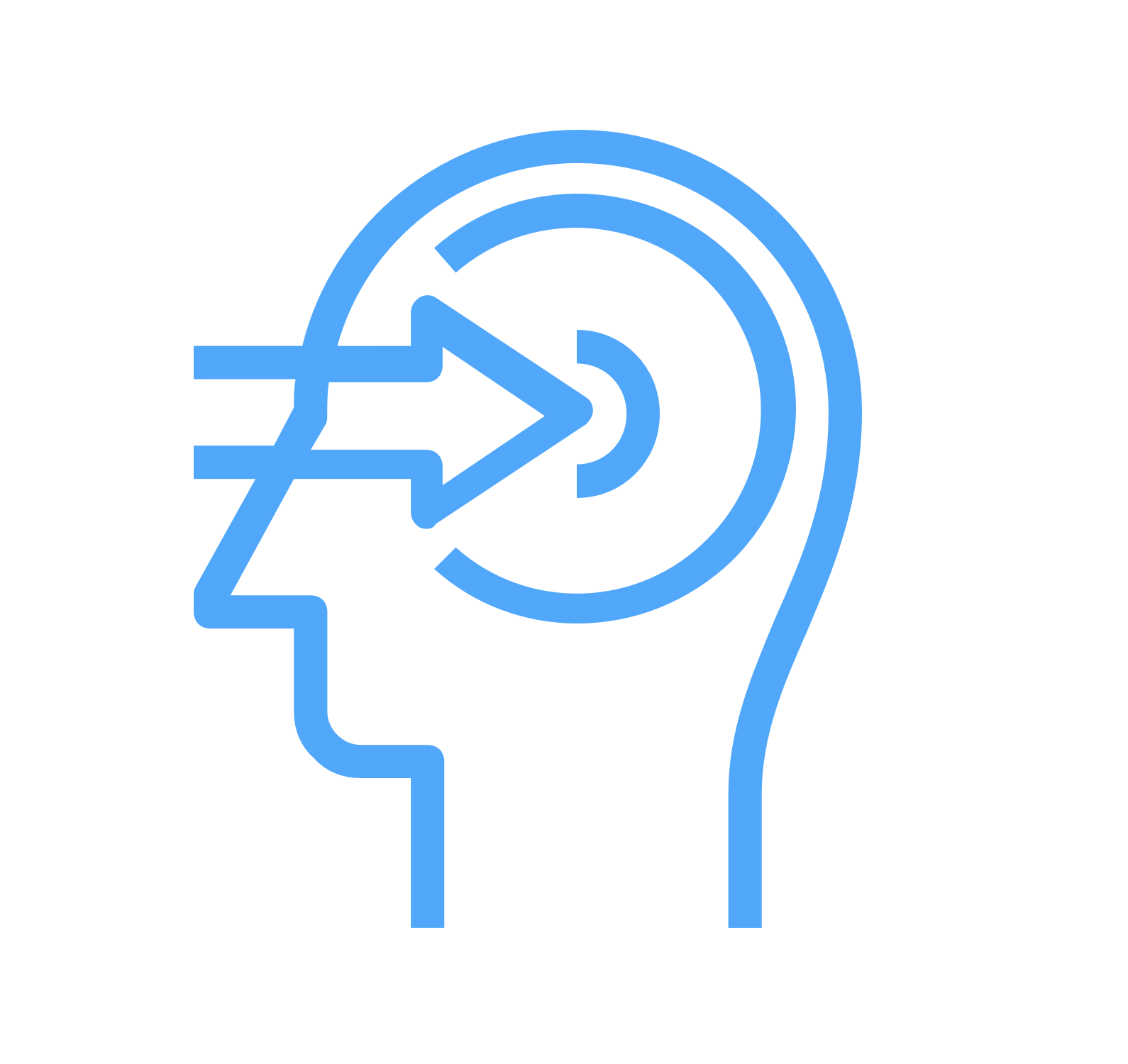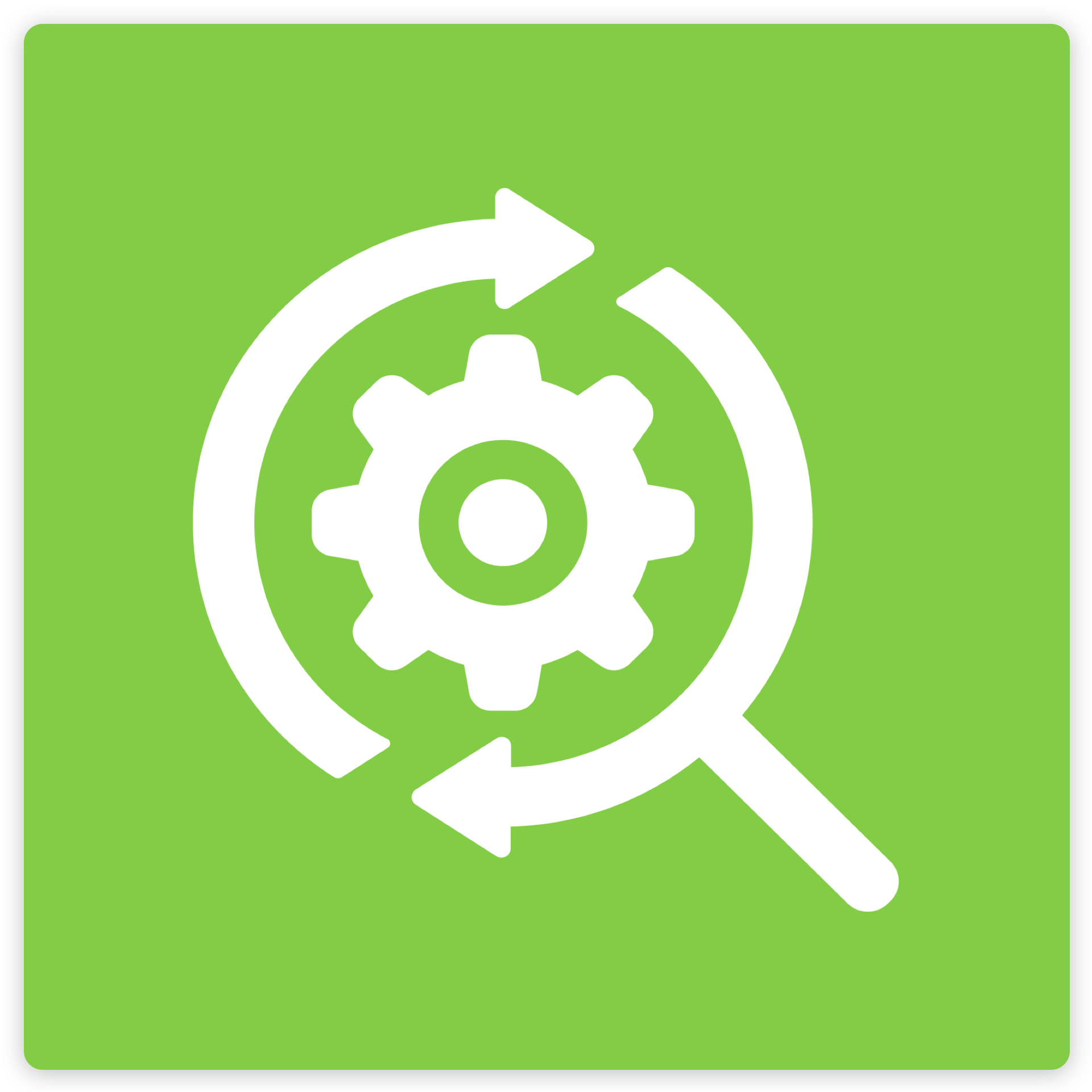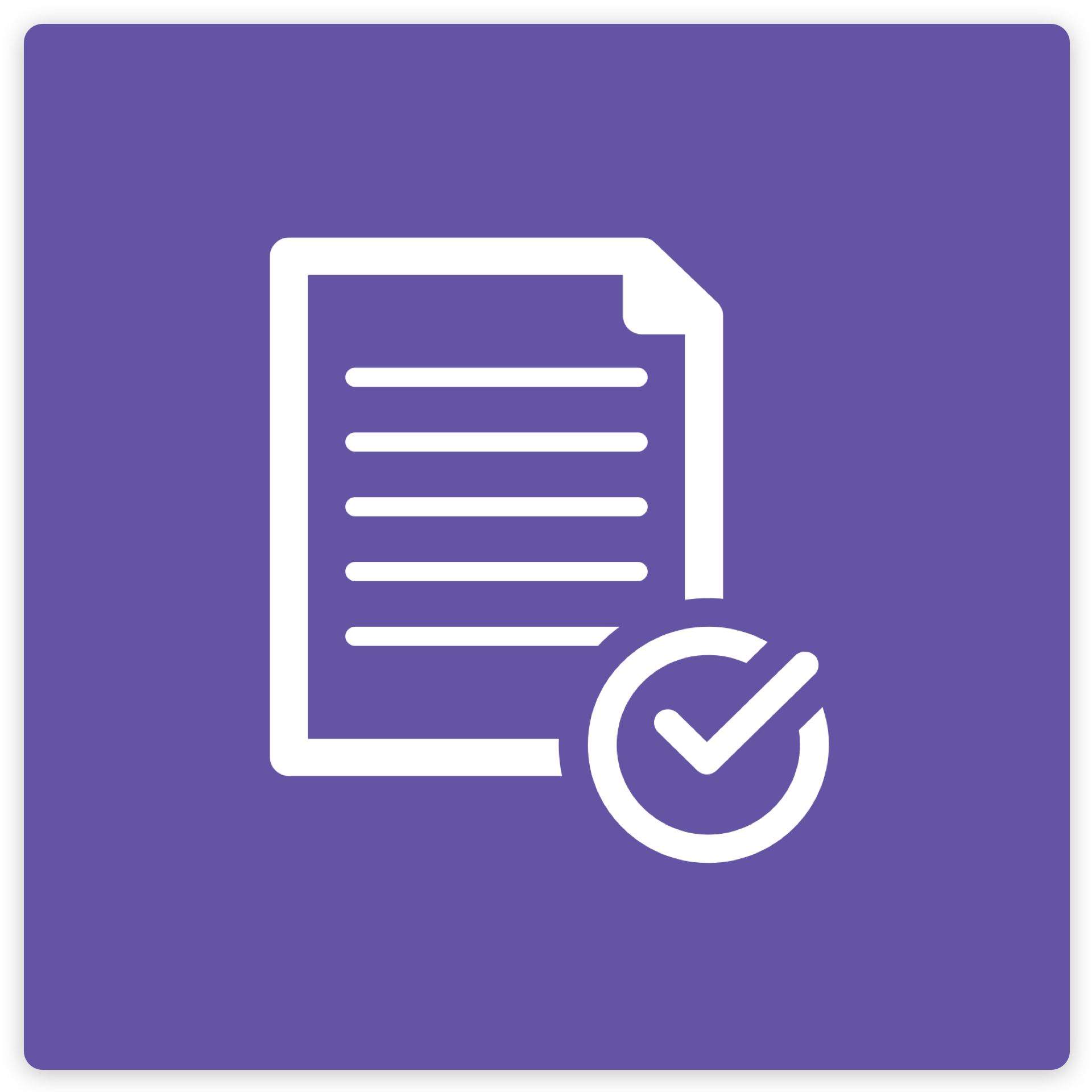
Principles of Macroeconomics 2e – Enhanced with Econblox Videos
The comprehensive contents from this book, combined with Odigia’s teaching and learning tools and the professionally produced Econblox© Video Series has everything you need to engage, collaborate, track, and assess your students.
This course includes:

200+
Econblox videos

452
practice questions

54
engagement activities

917
assessment questions
Helping Teachers Do What They Do Best: Teach

Customize
Use our courses as is or easily customize them to fit your teaching style and the needs of your students. You can add your favorite resources, hide and show our existing content and pre-built assessments, or make them your own. Everything your students need, in one place!

Engage and Collaborate
Odigia combines learning materials, discussions, and tools to create a familiar social experience for students allowing you to easily connect and redirect students attention.

Track
See how much time students are spending on different areas of the course, which areas are creating the most amount of engagement and identify topics the students are struggling with. Flag and provide feedback on assignments to proactively meet individual students' needs.

Assess
Game theory allows students to monitor their progress visually and motivates them to stay on track. Students can see exactly what activities they need to complete, which ones have been flagged and compare their progress against the overall class.
Principles of Macroeconomics 2e Course Outline
What is economics?
- Why is economics important?
- How can economists use theories and models to understand economic issues?
- What are the differences between microeconomics and macroeconomics?
- How are economies organized?
- Includes the following Econblox videos:
- How to Plot a Line
- Measuring Slopes
- Different Types of Slopes
- Intersection of Two Lines
- Curved Line: Slopes and Tangents
- Dividing by Fractions
- Compound Interest
- Present and Future Values of Money
- Calculating the Roof Costs Using Present Values
- Rational Economic Exchange
- Circular Flow of Income
How does scarcity affect economies?
- How should individuals make choices based on budget constraints?
- What is a production possibilities frontier?
- What are the major objections to economic approaches to decision making?
- Includes the following Econblox videos:
- Opportunity Cost Versus Choice
- Definition of Economics and Opportunity Cost
- Corporate Spending Choices
- Government Spending Choices
- Production Possibility Curve
- Production Possibilities Frontier
- Selfish vs. Self-Interest
- Characteristics of Proposals
Why is the relationship between supply and demand important?
- How does demand and supply affect markets for goods and services?
- What factors affect demand?
- How do changes in equilibrium price and quantity affect supply and demand?
- What are price ceilings and price floors?
- How is supply and demand act as a social mechanism?
- Includes the following Econblox videos:
- Compilation – Demand Curve
- Movement Along the Demand Curve – Quantity Demanded Decrease
- Movement Along the Demand Curve – Quantity Demanded Increase
- Law of Demand
- Change in Demand – Increase
- Change in Demand – Decrease
- Compilation – Supply Curve
- Moving Along the Supply Curve
- Law of Supply
- Increase in Supply
- Decrease in Supply
- Increase or Decrease in Demand
- Number of Buyers Increases Demand
- Expectations Can Shift Demand
- Variables Shift Supply Curves – Input Prices
- Variables Shift Supply Curves – Technology
- Giffen Goods: Main Video
- Giffen Goods: Key Concept
- Compilation – Market Equilibrium
- Price As Control
- Increase or Decrease in Demand
- Increase or Decrease in Supply
- Demand Increase, Supply Increase
- Demand Decrease, Supply Decrease
- Demand Decrease, Supply Increase
- Demand Increase, Supply Decrease
- Opportunity Cost – Green Space
- Price Controls
- Price Floor
- Disequilibrium Pricing: Main Video
- Disequilibrium Pricing: Key Concept
- Producer Surplus Consumer Surplus
- Consumer Surplus, Producer Surplus
- Consumer Surplus – Western Omelet
- Price Discrimination: Main Video
- Price Discrimination: Key Concept
- Price Discrimination – Elasticity: Main Video
- Price Discrimination – Elasticity: Key Concept
What factors affect the labor and financial markets?
- How do demand and supply work in labor markets?
- Who are the demanders and suppliers in a financial market?
- How do price controls affect the equilibrium of prices and quantities?
What is elasticity?
- How is the price elasticities of demand and supply calculated?
- What are polar cases of elasticity?
- How does elasticity affect pricing?
- What are other areas affected by elasticity?
- Includes the following Econblox videos:
- Price Elasticity
- Elastic Goods
- Inelastic Goods
- Unit Elastic Goods
- Compilation – Price Elasticity of Supply
- Perfectly Inelastic Supply
- Inelastic Supply
- Unit Elastic Supply
- Elastic Supply
- Perfectly Elastic Supply
- Tax Incidence
- How Taxes Affect Supply and Demand
- Tax and Elasticity of Demand, Perfectly Inelastic Demand
- Tax and Elasticity of Demand, Perfectly Elastic Demand
- Tax and Elasticity of Supply, Perfectly Elastic Supply
- Tax and Elasticity of Supply, Perfectly Inelastic Supply
- Tax That Affects Both Buyers and Sellers
- Three Types of Elasticity
- Income Elasticity of Demand
- Income Elasticity – Normal Goods
- Income Elasticity – Necessary Goods
- Income Elasticity – Luxury Goods
- Income Elasticity – Inferior Goods
- Income Elasticity of Demand
- Cross-Price Elasticity of Demand
- Cross-Price Elasticity & Substitute Goods
- Cross-Price Elasticity & Complementary Goods
What is the macroeconomic perspective?
- How is the size of the economy measured?
- How are nominal values adjusted to real values?
- How is the real GDP tracked over time?
- How is GDP compared across countries?
- How well does the GDP measure the well-being of society?
- Includes the following Econblox videos:
- Calculating GDP
- Size of the U.S. GDP
- Two Methods for Calculating GDP
- GDP Formula Y= C + I +G + Nx
- Calculating GDP – Value Added Method
- How Housing Contributes to GDP
- GDP vs. GNP
- Unreported Activity and GDP
- Benefits of Allowing Cross-border Trade
- Capital Stock and Flow Variables
- Capital and Physics Capital
- Calculating Net Investment
- Stock and Flow Variables – Bathtub analogy
- How Investment Increases GDP
- Saving and Investment
- How Investment and Saving work
- Connecting Saving and Investment
- Nominal Vs. Real Quantities
- Comparing Years
- Comparing Movie Box Office Takes
What is economic growth?
- Why has economic growth only occurred relatively recently?
- How is labor productivity related to economic growth?
- What are the components of economic growth?
- What is economic convergence?
How does unemployment affect an economy?
- How is the unemployment rate defined and computed?
- What are the key patterns of unemployment?
- What causes change in unemployment over the short run?
- What causes change in unemployment over the long run?
- Includes the following Econblox videos:
- Population: Employment and Unemployment
- Calculating the Size and Composition of the Civilian Labor Force
- Calculating Labor Participation Rate
- Calculating the Unemployment Rate
- Real GDP and Unemployment
- Unemployment and the Recessionary Gap
- Three Types of Unemployment
- Unemployment Formula
- Cycilcal Unemployment in a Recessionary Gap
What is inflation?
- How is inflation tracked?
- How are changes in the cost of living are measured?
- How do the U.S. and other countries experience inflation?
- Why is there confusion over inflation?
- What is indexing, and what are its limitations?
- Includes the following Econblox videos:
- GDP Deflator vs. CPI
- GDP Deflator and the CPI
- How to Calculate the CPI
- Using the CPI to Compare Prices
- Key Concept – Calculate the GDP Deflator
- Comparing the GDP to CPI
- Interest Rates vs. Bond Prices
- Three Motives for Holding Money
- Opportunity Cost and Low Interest Rates
- Why Interest Rates and Bond Prices Change
What defines international trade?
- How are trade balances measured?
- What are the historical and international contexts for trade balances?
- How are trade balances related to flows of financial capital?
- What is the national saving and investment identity?
- What are the pros and cons of trade deficits and surpluses?
- What is the difference between level of trade and the trade balance?
What is the aggregate demand/aggregate supply model?
- What are macroeconomic perspectives on demand and supply?
- How do economists build models of aggregate demand and aggregate supply?
- What happens when there are shifts in aggregate supply?
- What happens when there are shifts in aggregate demand?
- How does the AD/AS model incorporate growth, unemployment, and inflation?
- How does the AD/AS model incorporate Keynes’ law and Say’s law?
What is the Keynesian Perspective?
- What is the Keynesian analysis of aggregate demand?
- What are the building blocks of Keynesian Analysis?
- What is the Phillips Curve?
- How are market forces defined by the Keynesian Perspective?
- Includes the following Econblox videos:
- Circular Flow of Income
- Four-Sector Model Resources and Markets
- Four-Sector Model Productive Saving
- Four-Sector Model Government Spending
- Four-Sector Model International Trade
- Four-Sector Model Productive Uses of Outflows
- Inflationary Gap Without Government Intervention
- How an Inflationary Gap Develops
- Spending Multiplier
- Definition of Spending Multiplies Calculate the Marginal Propensity to Consume
- How Money Spent Ripples Through the Economy
- Calculate the Spending Multiplier
What is the Neoclassical Perspective?
- What are the building blocks of Neoclassical Analysis?
- What are the policy implications of the Neoclassical Perspective?
- How do we balance Keynesian and Neoclassical models?
How are money and banking approached at a Macroeconomic Level?
- How is money defined by its functions?
- How is money measured?
- What is the role of banks?
- How do banks create money?
- Includes the following Econblox videos:
- Fractional Reserve Banking
- T-accounts
- Money Creation Through Fractional Reserve Banking
- Money Supply and the Money Multiplier
- Assumption Underlying the Money Multiplier Example
- How the System Creates Money
- Simple Money Multiplier Definition
- Recap of Assumptions
- The U.S. Money Multiplier
Why are monetary policy and bank regulation important?
- What are the roles of the Federal Reserve and central banks in the U.S. economy?
- How are banks regulated?
- How does a central bank execute monetary policy?
- How does monetary policy affect economic outcomes?
- What are the pitfalls for monetary policy?
- Includes the following Econblox videos:
- Money Supply
- Money Supply Definition
- Open Market Operations – Increasing the Money Supply
- Monetary Policy
- Three Ways the Red Controls Monetary Policy
- How Quantitative Easing is Implemented
- How Monetary Policy Effect Economies
- Effect of Lower Interest Rates
- Interest Rates Affect International Money Flow
- Lower Interest Rates Increase Asset Prices
- Money Demand
- What is Money Demand
- two Types of Assets
- Opportunity Cost of Holding Money
- Show Leather Costs
- Money Demand Curve Shifts
- Money Demand Curve Summary
What are exchange rates and international capital flows?
- How does the foreign exchange market work?
- What do demand and supply shifts in foreign exchange markets look like?
- What are the Macroeconomic effects of exchange rates?
- What are exchange rate policies?
- Includes the following Econblox videos:
- Currency Exchange Rates
- Equilibrium at Intersection of Supply and Demand
- Effect of Interest Rates on Currency Exchange Rates
- Government Spending Affects Exchange Rates
- Fixed Exchange Rates
How do government budgets and fiscal policies affect change on Macroeconomic scale?
- How do governments define spending priorities?
- What are taxes?
- What is the federal deficit, and how does it relate to the national debt?
- How can fiscal policy be used to fight recession, unemployment, and inflation?
- What are automatic stabilizers?
- What are the practical problems with discretionary fiscal policy?
- What is the question of a balanced budget?
- Includes the following Econblox videos:
- Fiscal Policy – Government Spending
- Effect of Government Spending
- Finding the Optimum Spending Level
- How Wise Government Spending Helps
- Tex Multiplier
- How Tax Reduction Ripples Through the Economy
- Calculate the Simple Tax Multiplier
- Multiplier Effect Dependent Upon Income
- Fiscal Policy – Taxation
- Reducing Government Spending to Reduce Inflation
- Increasing Taxes to reduce Inflation
- Finding the Right Balance of Taxation
- Effect of Reducing Taxes
- Unintended Effect of Temporary Tax Relief
- Fiscal Deficit vs. Debt
- How a Fiscal Deficit or Surplus is Created
- Definition of Fiscal Debt
- How Fiscal Deficits Increase Fiscal Debt
- How Much Government Debt Can We Afford?
- Population Pyramids
- Building the Population Pyramid
- Population Pyramid Changes 1945 to 2065
- Population Pyramid Changes 1965 to 2015
- Solutions to the Population Pyramid
- Population Pyramid 1945 to 2010
- Solutions to the Population Pyramid Problem
What are the impact of government borrowing?
- How does government borrowing affect investment and the trade balance?
- What is the relationship between fiscal policy, investment, and economic growth?
- How does government borrowing affect private saving?
- How does fiscal policy affect the trade balance?
How is Macroeconomic policy implemented around the world?
- Why are economies around the world so diverse?
- How can countries improve their standards of living?
- What are the causes of unemployment around the world?
- What are the causes of inflation in various countries and regions?
- What are the implications of trade balance in the foreign market?
How are e-commerce and trade handled at the international level?
- What are absolute and comparative advantages?
- What happens when a country has an absolute advantage in all goods?
- How is intra-industry trade between similar economies handled?
- What are the benefits of reducing barriers to international trade?
- Includes the following Econblox videos:
- Opportunity Cost in International Trade
- Production Possibilities Frontier
- Benefits of International Trade
- How Comparative Advantage is Calculated
- Autarky vs. Specialization
- Comparative Advantage – Main Video
- Competitive Advantage – Key Concept
What is globalization and protectionism?
- What is protectionism?
- What are the effects of international trade on jobs, wages, and working conditions?
- What are the arguments in support of restricting imports?
- How is trade policy enacted globally, regionally, and nationally?
- What are the tradeoffs of trade policy?
Professionally-produced Econblox Video Series:
200+ short Econblox videos supercharge The Principles of Macroeconomics 2e course, energizing students with the theory and practical application of introductory economics. It’s simple to use these mobile-optimized, HD videos, animations and quizzes. Already embedded in the course, these essential visual learning tools can improve results and make students smile. Responsive multiple-choice quizzes make it easy to measure progress. Closed-captioned videos improve student accessibility.
About the creators:
Producers
Contributing Economists
Principles of Macroeconomics 2e covers the scope and sequence of most introductory economics courses. The text includes many current examples, which are handled in a politically equitable way. The outcome is a balanced approach to the theory and application of economics concepts. The second edition has been thoroughly revised to increase clarity, update data and current event impacts, and incorporate the feedback from many reviewers and adopters.
About the authors:
Senior Contributing Authors
David Shapiro, Pennsylvania State University
Timothy Taylor, Macalester College
Contributing Authors
Cynthia Gamez, University of Texas at El Paso
Andres Jauregui, Columbus State University
Diane Keenan, Cerritos College
Dan MacDonald, California State University, San Bernadino
Amyaz Moledina, The College of Wooster
Craig Richardson, Winston-Salem State University
Ralph Sonenshine, American University


